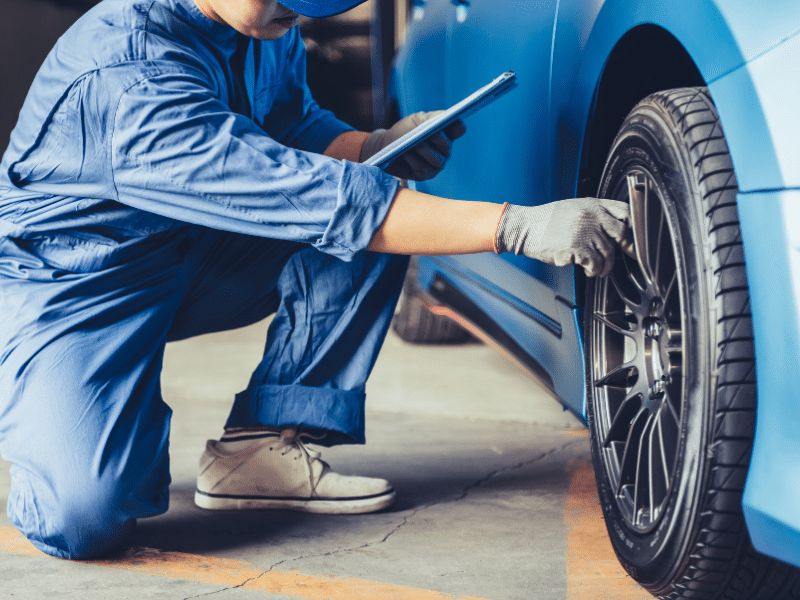Whether you are driving to your office or a city 500 miles away, a flat tire can bring your plans to a sudden halt. Having a flat tire when you are driving at a high speed can prove dangerous. According to the National Highway Traffic Safety Administration (NHTSA), in 2021, there were 622 traffic fatalities caused by a tire-related crash. In the United States, one tire puncture occurs every seven seconds, which results in nearly 220 million flat tires each year. It is possible to avoid flat tires and other tire-related issues through proper care and maintenance. Here are some things you can do to prevent tire repairs:
Do not ignore routine maintenance
Regular maintenance ensures that your tires get even wear and last long. As a part of routine maintenance, your auto mechanic will first carry out a visual inspection of your ties to check for excessive or uneven wear. They will also look for any cuts or damage in the tread. Depending on the condition of the tires, the mechanic may perform the following:
Tire alignment
Wheel alignment means all four wheels are aligned with respect to each other and the body of the vehicle. Wheel alignment tells us whether the wheels are parallel to each other or perpendicular to the ground. Any problem with the tire alignment can impact the suspension and you may feel uneasy when handling the steering. It can also cause unusual wear and tear on the tires.
Tire rotation
Tires do not wear at the same rate. By regularly rotating the tires, you can ensure an even wear and it helps extend the life of the tires.
Tire balancing
Proper tire balance distributes weight equally around the entire circumference of the tire. When the wheels are unbalanced, it causes vibrations and premature wear. Tire balancing fixes uneven weight distribution on the wheels.
Check tire pressure
It is extremely important that your vehicle’s tires are properly inflated. You should use a tire pressure gauge to check each tire regularly. Most people rely on visual inspection to check the tire pressure but this is the wrong way to do it because the tires typically lose half of their air before they start looking flat. It is also recommended that you do not entirely rely on your vehicle’s tire pressure monitoring system because the warning light will come on only when the tires are significantly uninflated. The best way to check tire pressure is by using a tire pressure gauge. Ensuring proper tire inflation not only extends the life of your tires but also improves fuel efficiency.
Avoid flat spots
When your vehicle is parked for a long time, your tires can develop flat spots. These spots can also occur due to skidding or hard braking. It is recommended that you don’t let your car stay parked for extended periods and move it periodically to redistribute the weight on the tires.
Be careful about what you are driving over
Driving over potholes or debris on the road can cause punctures and flat tires. Pay attention to what you are driving over and switch lanes to avoid damage to the tires. Do not drive over unpaved roads unless you have special offroad tires.
Do not overload the tires
Check the manual to find the maximum weight your car vehicle can carry and make sure you do not exceed this limit. Overloading the vehicle is one of the key causes of tire damage. If you must carry heavy loads, make sure the tires are inflated to the maximum.
If you are looking for tire repairs, our team is here to help you with all your needs. Get in touch with us now for expert advice and assistance.


